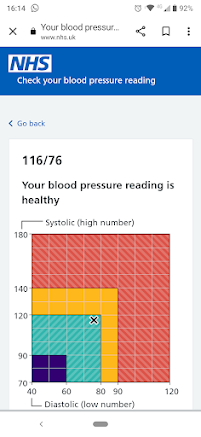From an article in Advances in Nutrition by Robert Lustig (lightly edited). The author argues that high fructose consumption can lead to typically alcohol related diseases such as diabetes and fatty liver disease, even in children. Here are some extracts:
What do the Atkins Diet and the traditional Japanese diet have in common? The Atkins Diet is low in carbohydrate and usually high in fat; the Japanese diet is high in carbohydrate and usually low in fat. Yet both work to promote weight loss. One commonality of both diets is that they both eliminate the monosaccharide fructose. Sucrose (table sugar) and its synthetic sister high fructose corn syrup consist of 2 molecules, glucose and fructose.
Glucose is the molecule that when polymerized forms starch, which has a high glycemic index, generates an insulin response, and is not particularly sweet. Fructose is found in fruit, does not generate an insulin response, and is very sweet. Fructose consumption has increased worldwide, paralleling the obesity and chronic metabolic disease pandemic.
Sugar (i.e., fructose-containing mixtures) has been vilified by nutritionists for ages as a source of “empty calories,” no different from any other empty calorie. However, fructose is unlike glucose. In the hypercaloric glycogen-replete state, intermediary metabolites from fructose metabolism overwhelm hepatic mitochondrial capacity, which promotes de novo lipogenesis and leads to hepatic insulin resistance, which drives chronic metabolic disease. [ie too much fructose leads to liver overload resulting in fat production and insulin resistance]
Fructose also promotes reactive oxygen species formation, which leads to cellular dysfunction and ageing, and promotes changes in the brain’s reward system, which drives excessive consumption. Thus, fructose can exert detrimental health effects beyond its calories and in ways that mimic those of ethanol, its metabolic cousin. Indeed, the only distinction is that because fructose is not metabolized in the central nervous system, it does not exert the acute neuronal depression experienced by those imbibing ethanol. These metabolic and hedonic analogies argue that fructose should be thought of as “alcohol without the buzz.”
Article: https://www.ncbi.nlm.nih.gov/pmc/articles/PMC3649103/
Currently, per capita consumption of fructose or fructose-containing sugars is at ∼130 lb/y (almost 60 kg/y) for the average American. UK figures are lower. "According to the NHS, British people eat 700g of sugar a week" - that would be 36 kg/y, but not all of that would be fructose. A lot (most?) of this sugar is found in UPF, added to make it more desirable and hence more profitable.
Metabolism: see diagrams below and compare Inflammation (JNK1) onwards in both ethanol (alcohol) and fructose:
Should there be a "units of sugar per week" recommendation like there is for alcohol?






